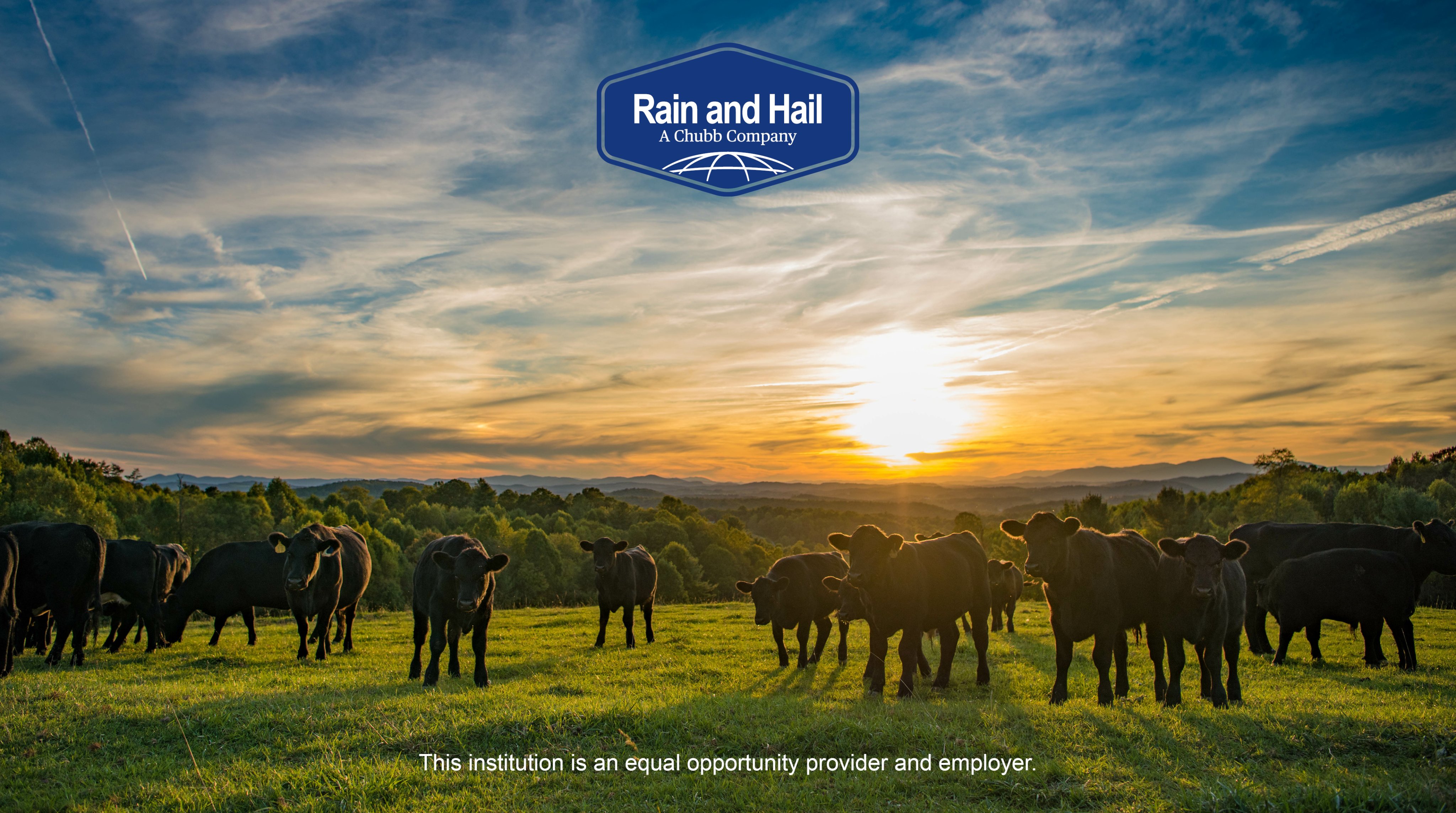Encourage Your Organization: Bagley Risk Management Insights
Encourage Your Organization: Bagley Risk Management Insights
Blog Article
Comprehending Livestock Risk Security (LRP) Insurance Policy: A Comprehensive Overview
Navigating the realm of animals risk protection (LRP) insurance policy can be a complex undertaking for lots of in the agricultural field. From just how LRP insurance works to the numerous protection alternatives available, there is much to discover in this thorough overview that can potentially shape the method animals producers approach risk management in their services.

Just How LRP Insurance Works
Sometimes, recognizing the auto mechanics of Livestock Danger Defense (LRP) insurance coverage can be complex, but damaging down exactly how it functions can offer clearness for farmers and herdsmans. LRP insurance coverage is a danger monitoring tool created to secure livestock producers versus unforeseen price declines. It's crucial to note that LRP insurance coverage is not a revenue assurance; rather, it concentrates only on rate threat protection.
Qualification and Protection Options

When it comes to protection alternatives, LRP insurance policy supplies manufacturers the adaptability to choose the coverage degree, insurance coverage period, and endorsements that ideal match their danger management demands. By recognizing the qualification requirements and coverage alternatives available, animals manufacturers can make enlightened decisions to take care of risk effectively.
Advantages And Disadvantages of LRP Insurance Policy
When reviewing Livestock Risk Security (LRP) insurance coverage, it is vital for animals producers to evaluate the advantages and negative aspects inherent in this threat monitoring device.

One of the key benefits of LRP insurance policy is its ability to supply protection versus a decline in animals rates. In addition, LRP insurance coverage uses a level of versatility, permitting manufacturers to tailor insurance coverage degrees and plan periods to match their particular needs.
One restriction of LRP insurance is that it does not protect versus all kinds of risks, such as illness break outs or all-natural disasters. It is crucial for producers to carefully assess their individual danger direct exposure and monetary situation to figure out if LRP insurance coverage is the best danger monitoring tool for their operation.
Recognizing LRP Insurance Policy Premiums

Tips for Making Best Use Of LRP Conveniences
Optimizing the advantages of Animals Risk Defense (LRP) insurance coverage needs calculated preparation click for more and positive danger management - Bagley Risk Management. To maximize your LRP insurance coverage, take into consideration the adhering to ideas:
Consistently Evaluate Market Problems: Stay notified concerning market fads and cost variations in the animals industry. By keeping track of these factors, you can make informed decisions about when to acquire LRP insurance coverage to safeguard against possible losses.
Establish Realistic Insurance Coverage Degrees: more information When picking protection levels, consider your manufacturing costs, market price of animals, and potential risks - Bagley Risk Management. Setting practical coverage degrees ensures that you are effectively protected without paying too much for unnecessary insurance policy
Diversify Your Insurance Coverage: Rather than counting solely on LRP insurance, take into consideration expanding your danger monitoring strategies. Combining LRP with other danger management tools such as futures agreements or choices can give detailed coverage against market uncertainties.
Evaluation and Adjust Protection Frequently: As market problems transform, occasionally assess your LRP insurance coverage to ensure it aligns with your current risk direct exposure. Adjusting insurance coverage degrees and timing of purchases can help maximize your threat security strategy. By complying with these tips, you can make the most of the advantages of LRP insurance policy and guard your livestock procedure versus unpredicted risks.
Final Thought
Finally, livestock danger protection (LRP) insurance policy is an important device for farmers to manage the economic threats related to their livestock operations. By recognizing just how LRP works, eligibility and protection options, in addition to the pros and disadvantages of this insurance policy, farmers can make enlightened choices to home shield their resources. By carefully considering LRP costs and implementing techniques to take full advantage of advantages, farmers can reduce possible losses and make sure the sustainability of their operations.
Animals manufacturers interested in obtaining Animals Threat Protection (LRP) insurance coverage can discover a variety of qualification criteria and coverage choices customized to their specific animals procedures.When it comes to coverage alternatives, LRP insurance coverage uses producers the versatility to pick the coverage level, protection duration, and endorsements that finest fit their danger monitoring demands.To grasp the intricacies of Animals Risk Defense (LRP) insurance fully, understanding the variables affecting LRP insurance coverage costs is vital. LRP insurance policy costs are established by various elements, including the coverage level chosen, the expected cost of livestock at the end of the insurance coverage period, the type of livestock being guaranteed, and the size of the protection duration.Review and Change Insurance Coverage Frequently: As market problems change, occasionally assess your LRP coverage to ensure it lines up with your current danger exposure.
Report this page